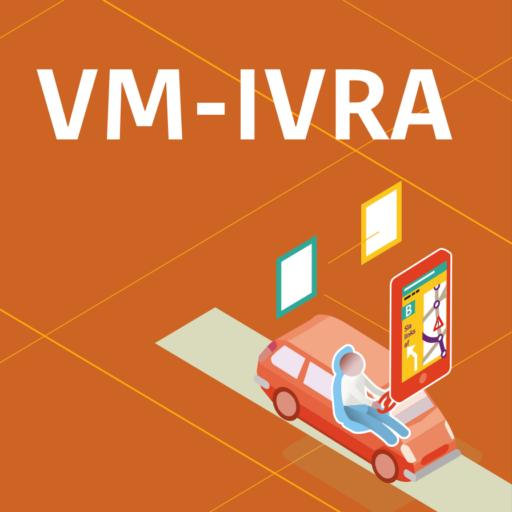digital traffic management

european rtti regulation
Automation and digitalization will play an increasingly important role within traffic management and offer great opportunities especially in enhancing road safety, traffic flow and reliability of the road network. But these developments also have an impact on the current information chain from road authorities to road users and on work processes.
On 1-1-2025, the Real Time Traffic Information (RTTI) regulation will become a reality. This will bring necessary changes to the daily work of road agencies. Such as obligations for sharing traffic data, but also many opportunities for customized route advice! Above all, the regulation is a call for road authorities and service providers to collaborate closely on data sharing and setting up a feedback loop for data quality.
Growing need for in-car information
There are many channels to provide road users with information before and during the journey, for example with panels above the road showing the speed limit and/or displaying route information in case of traffic jams. In recent years, however, motorists have increasingly been monitoring in-car information, via apps on their smartphones or navigation systems in-dash. As in-car traffic information services provided by service providers continue to proliferate, road authorities find themselves with diminishing control over disseminating information to road users. Consequently, traditional "roadside information systems" are losing effectiveness, potentially leading to increased traffic diversion onto less desirable routes.
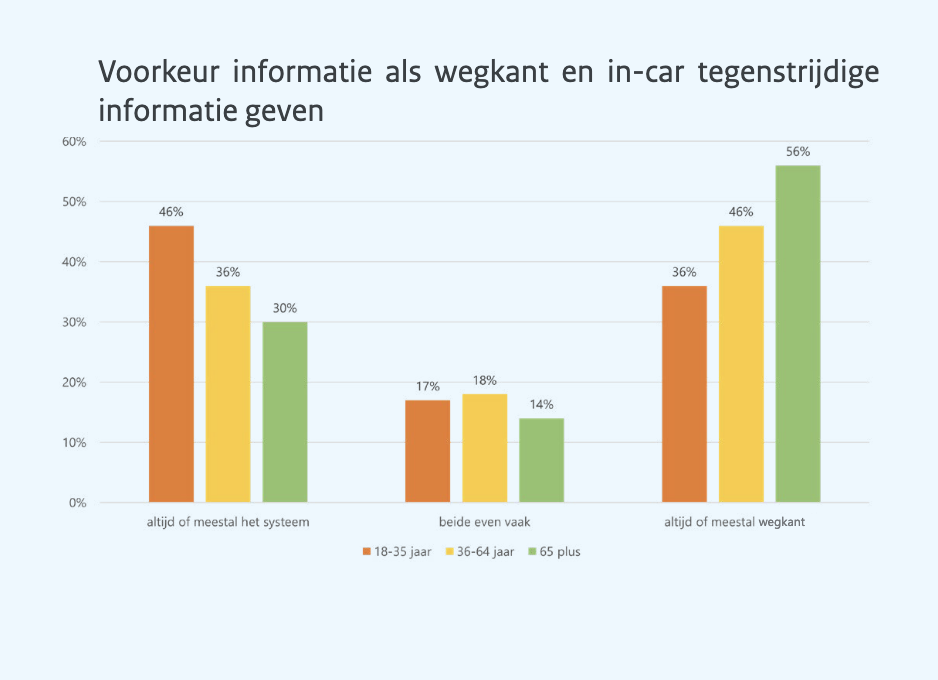
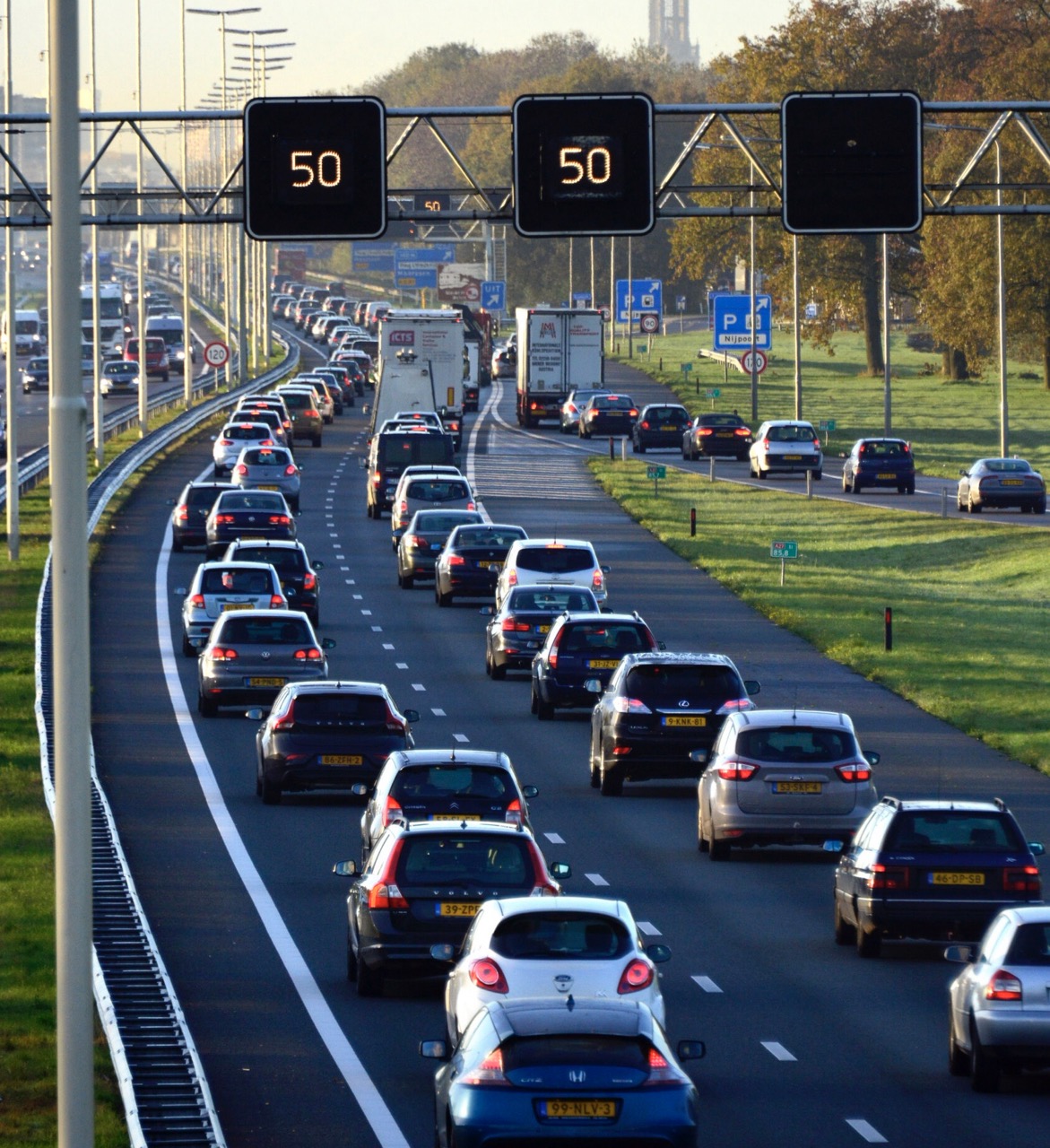
towards digital traffic management
With the impending European RTTI regulation on the horizon, the VM-IVRA project strives to provide numerous road authorities with practical exposure to digital traffic management applications. This initiative is crucial for maintaining effective traffic control and addressing the escalating demand for in-car information.
Through VM-IVRA, our mission is to inform, inspire, and assist road authorities in familiarizing themselves with diverse applications, acquiring essential practical experience, and ultimately implementing them on a widespread basis.
To enhance the usability of the applications, VM-IVRA has established a dedicated user working group. Collaborating within this group, we strive to continuously improve the digital applications to be more user-friendly. This effort is not conducted in isolation but involves a network of partners including NDW, NTM, and LVMB, as well as coordination with other projects such as Safety Priority Services, Smart Steering, and IDEA.
sharing data and keeping it accurate
To facilitate personalized route guidance, road authorities have the option to share traffic data online through NDW tools George, Melvin, and Diego. This involves inputting various details such as environmental and school zone locations, scheduling and cancelling planned roadworks and events, reporting obstacles like tunnel closures and incidents, and configuring control scenarios, among other tasks. Once this data is entered, subsequent usage becomes significantly more straightforward. As a road authority, it's crucial to periodically verify the quality and accuracy of the traffic data. NDW undertakes the essential data checks to streamline the process for road authorities, minimizing their workload.
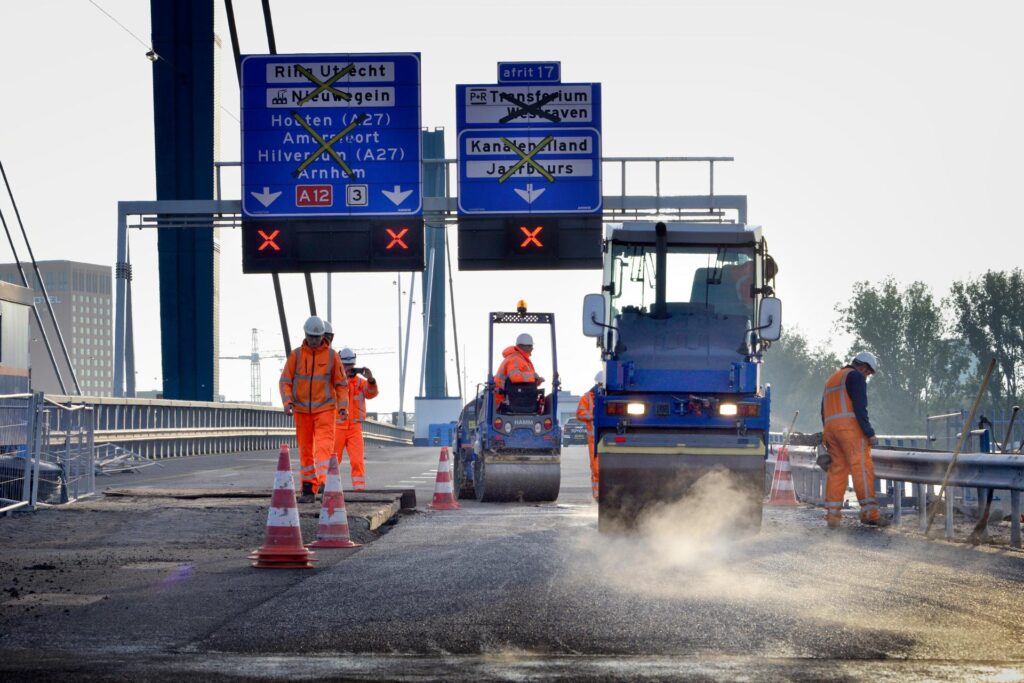
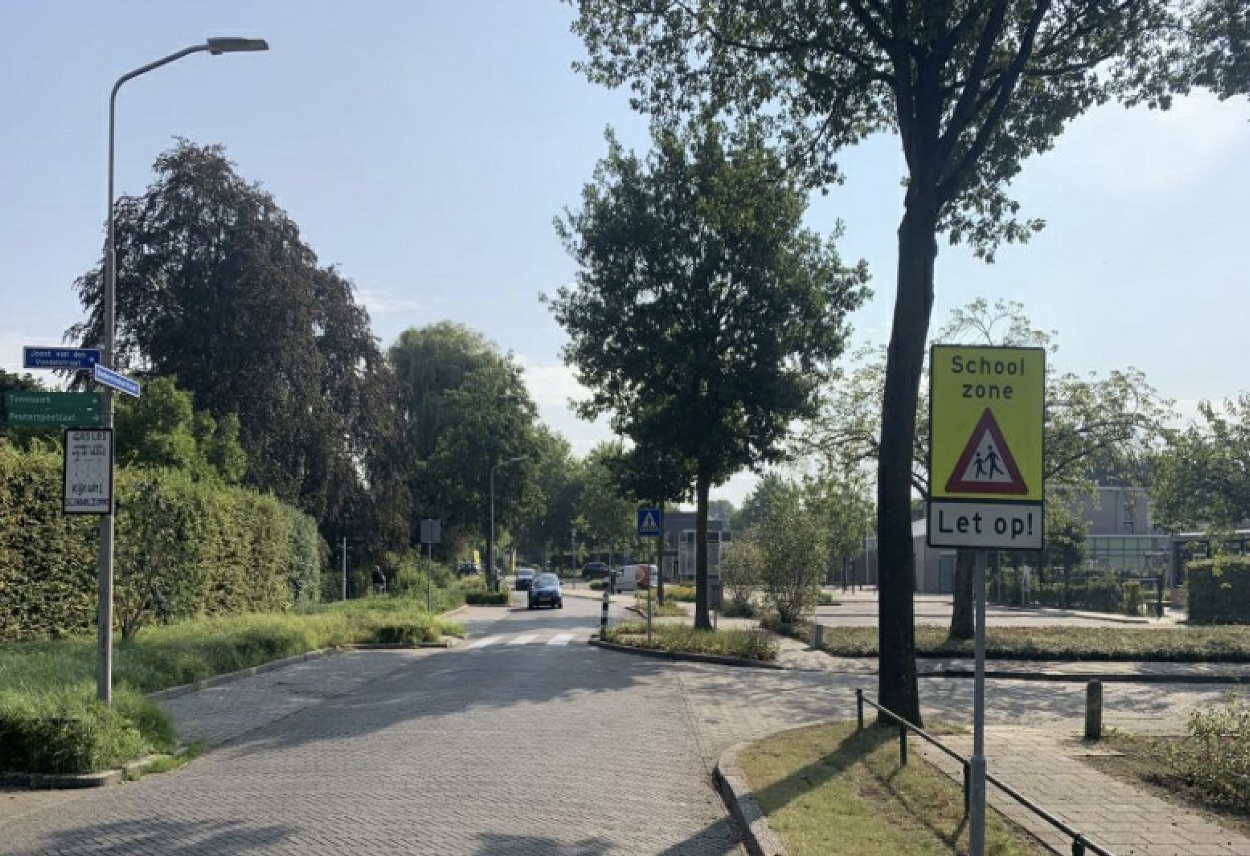
Want to download the 2023 school zone pilot evaluation report? (available in Dutch only)
Then click on the button below.
Automatic alerts for school zones
Municipalities and schools are looking for all kinds of ways to improve traffic safety around schools, increasingly opting for a "school zone," a conspicuous road layout that makes it clear that a school is there, usually with speed-limiting measures such as speed humps and warning signs. But service providers can also do their bit for road safety. Because by warning in the car via apps and navigation systems with notifications such as Beware: you are approaching a school zone! they can warn motorists of crossing children when -entering and exiting a school. This digital school zone notification is an important step in improving traffic safety around schools. After a successful trial in the spring of 2023, Minister Harbers announced that the functionality will be possible throughout the Netherlands.
Since November 2024, the first school zone data have been published and (navigation) service providers can apply the data in their services.
School zones are included in the NDW application George. Road authorities can verify and manage the information of their school zones in this application.
